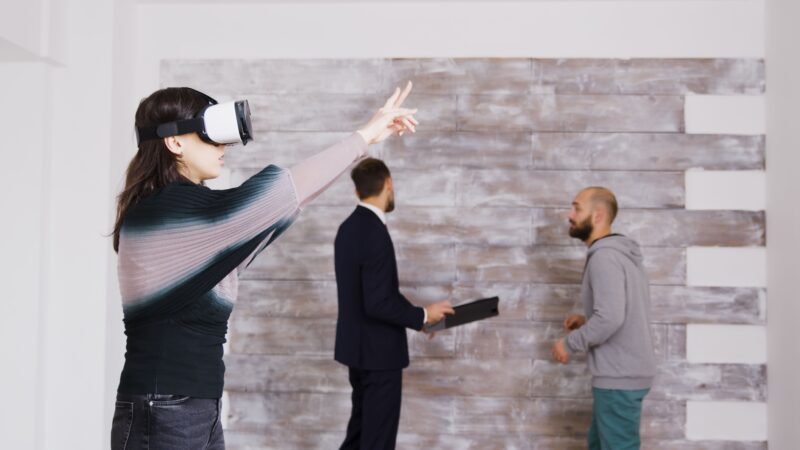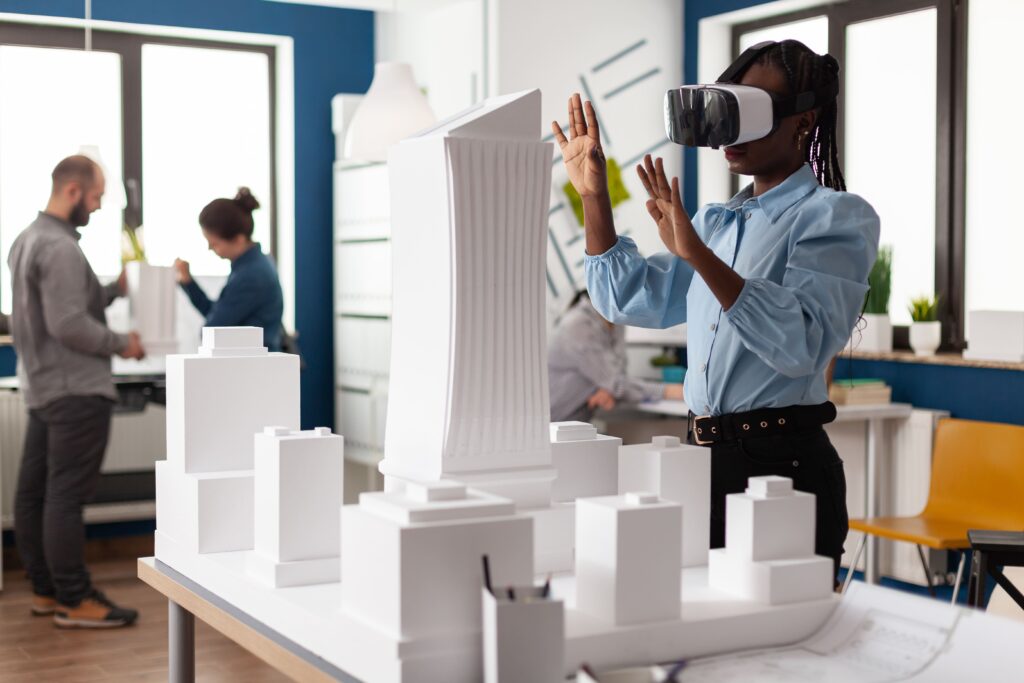
The Importance of Virtual Tours and 3D Visualization in the Real Estate Industry
Introduction
The real estate industry has always relied heavily on visual presentations to attract potential buyers and showcase properties. However, with advancements in technology, virtual tours, and 3D visualization have become powerful tools that are revolutionizing the way properties are marketed and experienced by consumers. In this blog, we will explore the importance of virtual tours and 3D visualization in real estate in Navi Mumbai and how they are transforming the buying experience for both buyers and sellers.
The traditional approach to property viewing
Traditionally, potential buyers would rely on static images, floor plans, and property descriptions provided by real estate agents to get a glimpse of a property. These limited resources often left buyers with crucial questions unanswered and made it difficult to fully visualize the property and imagine themselves living in it. This traditional approach to property viewing had its limitations and could often lead to missed opportunities for sellers and frustrations for buyers.

The rise of virtual tours and 3D visualization
With advancements in technology, virtual tours and 3D visualization have emerged as game-changing tools in the real estate industry. These tools allow potential buyers to virtually explore properties from the comfort of their own homes, providing a more immersive and interactive experience. Let’s take a closer look at the importance of these tools:
Enhanced visualization
One of the key benefits of virtual tours and 3D visualization is the enhanced visual representation they provide. Rather than relying on static images, buyers can walk through a property virtually, getting a realistic sense of the space, layout, and overall ambiance. This enhanced visualization enables buyers to evaluate the property more accurately and make more informed decisions.
Moreover, with 3D visualization, potential buyers can visualize the property in different lighting conditions and even experiment with different interior design options. This level of detail and customization allows buyers to envision themselves living in the property and creates a stronger emotional connection to the property.
Expanded reach and convenience
Virtual tours and 3D visualization have also significantly expanded the reach of real estate listings. With these tools, potential buyers can view and explore properties from anywhere in the world, eliminating geographical barriers. This expanded reach opens up new opportunities for sellers to attract international buyers and investors.
In addition, virtual tours and 3D visualization enable buyers to conveniently view properties at their own pace and convenience. They no longer need to rely on scheduling appointments and physically visiting multiple properties. Instead, they can take virtual tours whenever and wherever they want, saving time and effort.
Increased buyer engagement and confidence
Virtual tours and 3D visualization have been proven to increase buyer engagement and confidence in the buying process. By offering a more immersive and interactive experience, these tools keep potential buyers actively engaged and allow them to explore every corner of the property.
Moreover, virtual tours and 3D visualization provide transparency and build trust between buyers and sellers. Buyers can confidently assess the condition of the properties in Navi Mumbai, evaluate the accuracy of property descriptions, and make more informed decisions. This increased transparency helps eliminate doubts and uncertainties, reducing the chances of buyer’s remorse after the purchase.
Cost and time savings for sellers
For sellers, virtual tours and 3D visualization offer significant cost and time savings. Rather than arranging and conducting multiple property viewings, sellers can showcase their properties virtually to a broader audience. This virtual approach reduces the need for physical staging, which can be expensive and time-consuming.
Additionally, virtual tours and 3D visualization allow sellers to filter out potential buyers who are not genuinely interested in the property. This helps prioritize serious buyers and ensures that property viewings are conducted with individuals who are more likely to make an offer.
Conclusion
Virtual tours and 3D visualization have become invaluable tools in the real estate industry. They enable potential buyers to explore properties virtually, providing enhanced visualization, expanding reach, and increasing buyer engagement and confidence. Moreover, these tools offer cost and time savings for sellers, making the selling process more efficient and effective.
As technology continues to evolve, we can expect virtual tours and 3D visualization to become even more realistic and impactful. In the near future, they may become the standard practice in the real estate industry, transforming the way properties are marketed, viewed, and sold.


